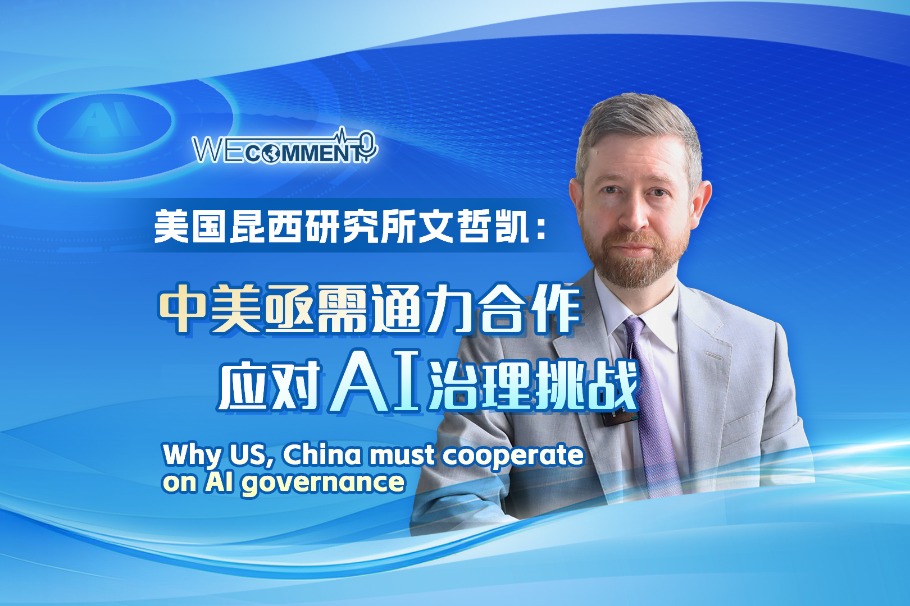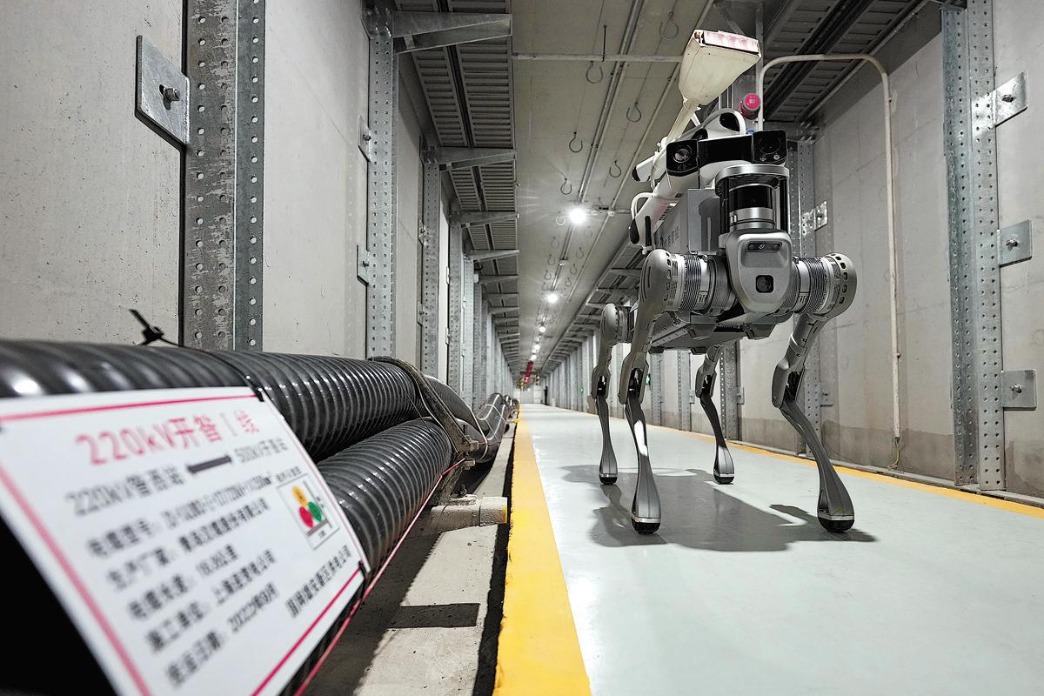New price setting mechanism on cards
By OUYANG SHIJIA and WANG KEJU | China Daily | Updated: 2025-04-03 09:27

China is set to optimize the price governance mechanism, with the primary aim of empowering market forces to play a more decisive role in price formation, while promoting efficient allocation of resources to serve the construction of a unified national market, said officials and experts.
The initiative is a critical component of China's broader efforts to create a fair, open and perfectly competitive market climate that will help unleash greater vitality for businesses of all types and strengthen the growth momentum of the economy, they added.
According to a document issued on Wednesday by the General Office of the Communist Party of China Central Committee and the General Office of the State Council, the country plans to expedite the establishment of a high-level price governance mechanism that is market-effective, well-regulated and scientifically managed.
"The price mechanism is a crucial component of a market economy. Market-determined pricing is a fundamental requirement for economic operations and the primary means of resource allocation," said Guo Liyan, deputy director of the Chinese Academy of Macroeconomic Research's Economic Research Institute.
So far, 97.5 percent of society's goods and services prices have been decided by the market, data from the National Development and Reform Commission showed, underscoring the decisive role of the market in resource allocation.
"It plays a key role in regulating supply and demand, improving resource allocation efficiency, accelerating the formation of new quality productive forces, and promoting green and low-carbon development," Guo said.
The document emphasizes the need to consider overall supply-demand dynamics, economic growth, and market expectations when setting reasonable price level targets, thereby strengthening macroeconomic policy guidance.
Guo said she believes this approach helps align price policies with fiscal, monetary, industrial, employment, investment, and consumption policies, enhancing macro-policy coordination and governance.
Over the short term, Guo stressed that "price regulation efforts should be well-calibrated and effective, focusing on fine-tuning expectations, implementing range-based and targeted controls, and stabilizing key commodity and service prices to support economic recovery".
Maintaining a stable price level is one of the key objectives of China's macroeconomic regulation. By enhancing the price mechanism, the country aims to better guide price dynamics in a way that supports overall macroeconomic stability and high-quality growth, said an NDRC official.
Over the past decade, China's consumer price index, a main gauge of inflation, has grown at an average annual rate of 1.6 percent, data from the NDRC show.
"That reflects overall stability," said Deng Yusong, director of the Institute for Market Economy at the Development Research Center of the State Council.
"Robust agricultural and industrial supply capabilities have served as stabilizing forces for price levels. As demand structures evolve, particularly with the continued expansion of the services sector, favorable conditions for price stability are expected to increase, providing a favorable environment for further pricing reforms," Deng said.
Contact the writers at ouyangshijia@chinadaily.com.cn
























